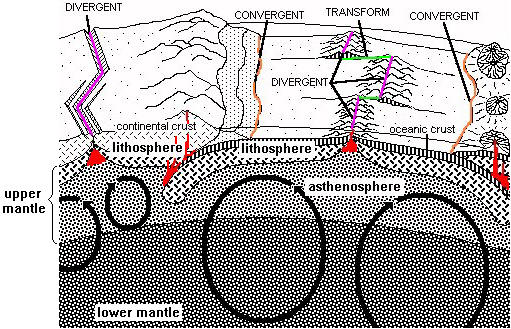1. Most geologists in San Diego are engineering geologists who prevent and correct landslides and soil problems. Others (hydro geologists) monitor groundwater resources - keeping them from becoming polluted or overused. Although not as common in San Diego as in other parts of the country, geologists are also hired by oil and mining companies.
2. Uniformitarianism is difficult to pin-down within the context of the scientific method. Since we can't go back and time and observe that natural laws and processes acted then as they do now, one might conclude that uniformitariansm is a belief or an assumption and therefore is inherently non-scientific. But we can indeed observe uniformitariansm playing out across the time and space we do experience (e.g. objects that fell down yesterday do not fall up today). Because the relationship between position in time and space and the laws of nature is seemingly invariable (i.e. position in time and space has no effect on natural laws) and uniformitarianism does not explain why that relationship exists, one might see uniformitarianism as a natural law. However, uniformitarianism is already "built into" the natural laws so one might conclude that unifomitarianism is redundant and therefore unnecessary as separate law (see http://courses.washington.edu/ess408/Gould1965.pdf).
3. Yes, because they happened in the past much as they do today.
4. A geologist wants to know how an ancient rock formed. To answer that question the geologist may look for an environment where natural processes are forming the same kind of rock today.
5. Aristotle used only the first step in the scientific method. He made observations, but his interpretations where never tested. Archbishop Usher did not use the scientific method.
6. All mountains would be worn dawn until the earth’s surface was completely smooth. Eventually the oceans would cover the entire planet.
7. Five different plates are shown.

8. An igneous rock is transformed into a sedimentary rock by weathering, erosion, transportation, deposition as sediment and finally, lithification of sediment.
A metamorphic rock is transformed into an igneous rock through heating, melting, cooling, and finally, solidification.
An igneous rock is transformed into a metamorphic rock by the action of heat and/or pressure and/or chemically active fluids.

8800 Grossmont College Drive
El Cajon, California 92020
619-644-7000
Accessibility
Social Media Accounts